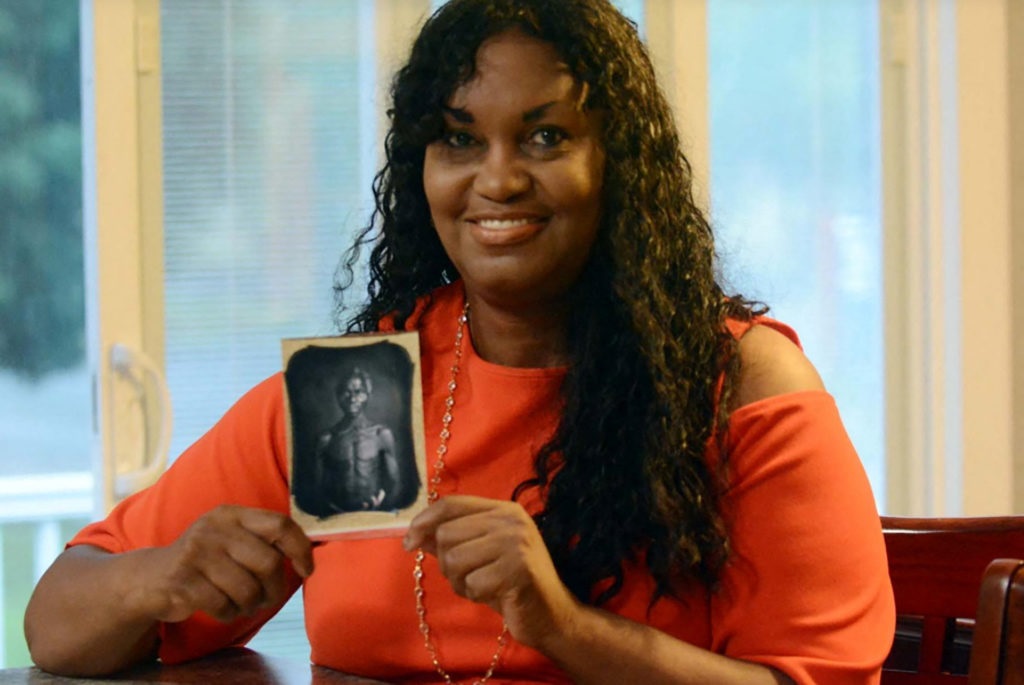News
Harvard accepts to transfer photos of enslaved people to African American museum

The Guardian of Thursday, May 29, 2025, reports that Harvard University has agreed to transfer ownership of historically significant 19th-century photographs of enslaved people to an African American museum.
One of the photographs pictures an enslaved man and his daughter.
According to The Guardian, it will be handed over to the International African American Museum in Charleston, South Carolina.
This transfer is part of a legal settlement with Tamara Lanier, a woman from Norwich, Connecticut.
She claims to be a direct descendant of the individuals in the images, Renty Taylor and his daughter, Delia.
The photographs, daguerreotypes taken in 1850, are considered some of the earliest known photographic images of enslaved people in the United States.
Commissioned by Harvard professor Louis Agassiz, a supporter of white supremacist pseudoscience, the images were used to promote false theories of racial hierarchy.
In the photos, Renty Taylor is depicted nude, and Delia is shown bare from the waist up, photographed without their consent and stripped of their dignity.
Lanier, who identifies herself as the great-great-great-granddaughter of Renty and Delia, filed a lawsuit against Harvard in 2019.
She accused the university of “wrongful seizure, possession, and expropriation” of the daguerreotypes.
Lanier argued that the photographs were taken under unethical and dehumanizing conditions and should be returned to the descendants of those depicted.

Photo of enslaved people
The Massachusetts Supreme Court ruled in 2022 that Lanier could not claim legal ownership of the photographs, since she was not related to the photographer or original owners.
However, it allowed her to continue seeking damages for emotional distress.
This ruling acknowledged the profound harm caused by the use and display of the images, despite the legal complexities surrounding their ownership.
After several years of legal proceedings, the case has now reached a resolution.
As part of the settlement, the daguerreotypes, will be permanently transferred to the International African American Museum in South Carolina.
The daguerreotypes had been housed at Harvard’s Peabody Museum of Archaeology and Ethnology.
This location is particularly meaningful, as it is the state where Renty and Delia were enslaved at the time the photographs were taken.
Lanier hailed the decision as a landmark moment for justice and reparations.
“This is a moment in history where the sons and daughters of stolen ancestors can stand with pride and rightfully proclaim a victory for reparations,” she stated.
“These images, taken without consent or dignity, and used to support a racist pseudoscience, will now return to a place where their story can be told with humanity and respect.”
Lanier’s attorney, Joshua Koskoff, described the outcome as an “unprecedented” legal and moral victory.
“This is a one-of-a-kind case in American history,” he said, emphasizing the unique nature of reclaiming control over such old and emotionally charged images.
“To win control of images dating back 175 years of enslaved individuals, this has never happened before.”
Another of Lanier’s attorneys, Benjamin Crump, confirmed that the settlement also includes a confidential monetary agreement.
Although details of the financial terms have not been disclosed.
In response to the settlement, Harvard issued a statement acknowledging the historical importance of the images and the need to preserve them in the proper context.
Spokesperson James Chisholm said, “Harvard University has long been eager to place the Zealy Daguerreotypes with another museum or public institution to ensure they are presented appropriately and made accessible to the public.”
Chisholm added that while Harvard appreciates the role Lanier played in initiating critical conversations about the images, her claim to ownership posed legal and ethical complexities.
“Her claim created a difficult situation, particularly because Harvard has not been able to verify that Ms. Lanier is related to the individuals depicted in the daguerreotypes,” he said.
Nonetheless, the resolution marks a significant step in addressing historical injustices tied to slavery and scientific racism.
The relocation of the daguerreotypes to the International African American Museum honors the memory of Renty and Delia Taylor.
It also enables a broader public reckoning with America’s history of slavery and exploitation.
For Diaspora Digital Media Updates click on Whatsapp, or Telegram. For eyewitness accounts/ reports/ articles, write to: citizenreports@diasporadigitalmedia.com. Follow us on X (Fomerly Twitter) or Facebook












